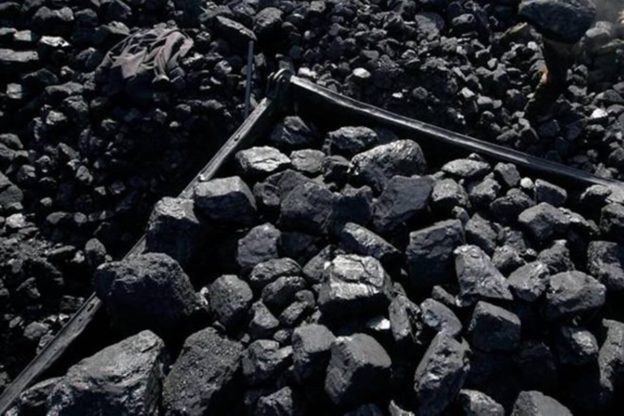This will enable $10.1 trillion of investments, mainly in the power and automobile sectors, to ensure energy needs are met through more environmentally benign sources such as solar, wind, hydro, nuclear and green hydrogen, it said.
The country would need $28 billion as annual investment support in the next 50 years, varying from $8 billion annually in the first decade to $42 billion annually in the fifth decade, the report said.
To achieve the recently announced ‘net zero’ emissions target by 2070, India needs additional foreign support of $1.4 trillion till 2070, a report released by the Council on Energy, Environment and Water’s (CEEW) Centre for Energy Finance (CEF) said on Thursday.
This will enable $10.1 trillion of investments, mainly in the power and automobile sectors, to ensure energy needs are met through more environmentally benign sources such as solar, wind, hydro, nuclear and green hydrogen, it said.
The country would need $28 billion as annual investment support in the next 50 years, varying from $8 billion annually in the first decade to $42 billion annually in the fifth decade, the report said.
The study said India could face a significant investment shortfall of $3.5 trillion against the cumulative $10.1 trillion requirement, and $1.4 trillion investment support — in the form of concessional finance — would be required from developed economies to mobilise foreign capital that bridges the gap. The power sector itself would need investments worth over $8.4 trillion by 2070, and another $1.5 trillion would have to be invested in the industrial sector for setting up green hydrogen production capacity.
“The mobilisation of investments to achieve net-zero expectedly will be sourced from domestic banks, non-banking finance companies, and debt capital markets, both domestic and international,” the report said.
In the beginning of the COP26 summit, along with the 2070 ‘net-zero’ target Prime Minister Narendra Modi had announced that the country will install 500 gigawatt (GW) of renewable energy capacity by 2030. India’s current renewable energy capacity is 103 GW; another 50 GW capacity is under implementation and projects entailing combined capacity of 32 GW are in various stages of bidding.
An earlier CEEW study had said India’s total installed renewable energy capacity would need to increase to 7,425 GW by 2070 if the entire fleet of coal-based power plants is removed from the mix by that time.
Stating that “a transition to net-zero emissions would require mammoth investment support from developed countries,” Arunabha Ghosh, CEO, CEEW, said that “on the domestic front, financial regulators like RBI and Sebi need to create an enabling ecosystem for financing India’s transition to a green economy”.
As FE recently reported, the Glasgow pact reneged on the promise of credible climate financing for developing countries and was non-committal on the phasing out of oil and natural gas use by the rich world. Yet New Delhi could feel satisfaction at not letting the pact impose on itself an impractical obligation to “phase out” the use of coal.
Coal is the mainstay of India’s energy mix and will remain so for a few more decades, even as its share in the mix will plunge with the renewable energy and benign fuels like hydrogen set to made rapid strides. Based on the analysis of the Central Electricity Authority, the coal-based power generation capacity is expected to reduce from the current level to 54% of India’s total power generation capacity to 33% by FY30. Currently, the total installed power generation capacity in the country is 391 GW, of which coal-fired units make up for 209 GW. By FY30, CEA has projected that out of the total installed capacity of 795 GW, 266 GW will be coal-based.
https://www.financialexpress.com/lifestyle/science/2070-net-zero-goal-india-needs-annual-funding-support-of-28-bn-says-study/2372007/







